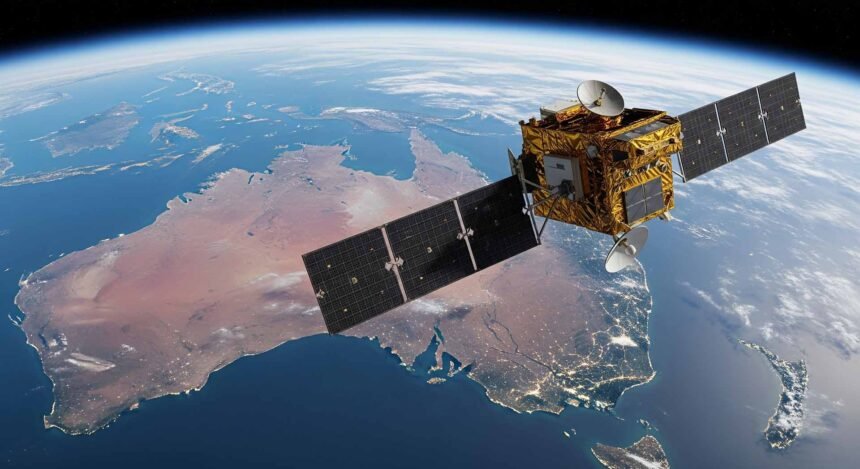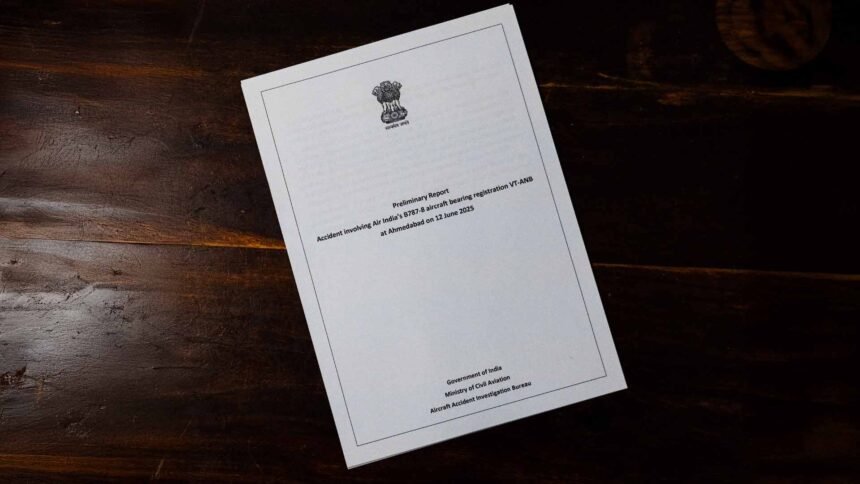The FAA (Federal Aviation Administration) has cleared SpaceX to proceed with the launch of its second flight test of a fully integrated Starship.

Starship reached an altitude of 39km in the first test flight
SpaceX made a number of upgrades to the vehicle and ground infrastructure following the first integrated Starship/Heavy configuration test flight in April.
Starship reached an altitude of 39 kilometres over the Gulf of Mexico before an self-destruct command was given. Troubles began when leaking propellant ignited, leading to loss of communications to the majority of booster engines.

| T-Plus | STARSHIP LAUNCH TIMETABLE |
|---|---|
| 00:00:02 | Liftoff |
| 00:00:52 | Max Q (moment of peak mechanical stress on the rocket) |
| 00:02:39 | Booster MECO (most engines cut off) |
| 00:02:41 | Hot-staging (Starship Raptor ignition and stage separation) |
| 00:02:53 | Booster boostback burn startup |
| 00:03:47 | Booster boostback burn shutdown |
| 00:06:18 | Booster is transonic |
| 00:06:30 | Booster landing burn startup |
| 00:06:48 | Booster landing burn shutdown |
| 00:08:33 | Starship engine cutoff |
| 01:17:21 | Starship entry |
| 01:28:43 | Starship is transonic |
| 01:30:00 | Landing |
There was also work to be done on the ground. The launch pad essentially designated under the enormous thrust of the Super Heavy engines. Chunks of concrete were sent flying for kilometres. SpaceX has since made reinforcements to the pad foundation and added a water-cooled steel flame deflector.

Following approval from the FAA, which also required a report from and the U.S. Fish and Wildlife Service, Starship is set to launch on Friday, November 17.
A two-hour launch window opens at 7:00 a.m. CT. (Midnight AEST)
If Elon Musk’s team pull this off, it will super-charge the modern space race.




